Choosing the right shaft for practice darts is crucial for improving your accuracy and consistency. This article will explore the different types of dart shafts available, how they impact your throw, and how to choose the perfect shaft to elevate your dart game. You’ll learn about materials, lengths, grip styles, and more.
⚠️ Still Using Pen & Paper (or a Chalkboard)?! ⚠️
Step into the future! The Dart Counter App handles all the scoring, suggests checkouts, and tracks your stats automatically. It's easier than you think!
Try the Smart Dart Counter App FREE!Ready for an upgrade? Click above!
Understanding the Importance of the Right Shaft For Practice Darts
Many novice dart players underestimate the impact of the dart shaft. While the barrel and flights get a lot of attention, the shaft for practice darts is the unsung hero influencing dart trajectory and stability. A properly chosen shaft complements your throwing style and helps ensure your darts land where you intend them to.
Think of the shaft as the connector between your grip and the flight. It transfers the energy from your throw and provides a stable platform for the flight to do its job: stabilize the dart in flight. If the shaft is too long, too short, or made of the wrong material, it can throw off the entire balance of your dart and lead to inconsistent results. The Choose Best Dart Equipment requires understanding these nuances.
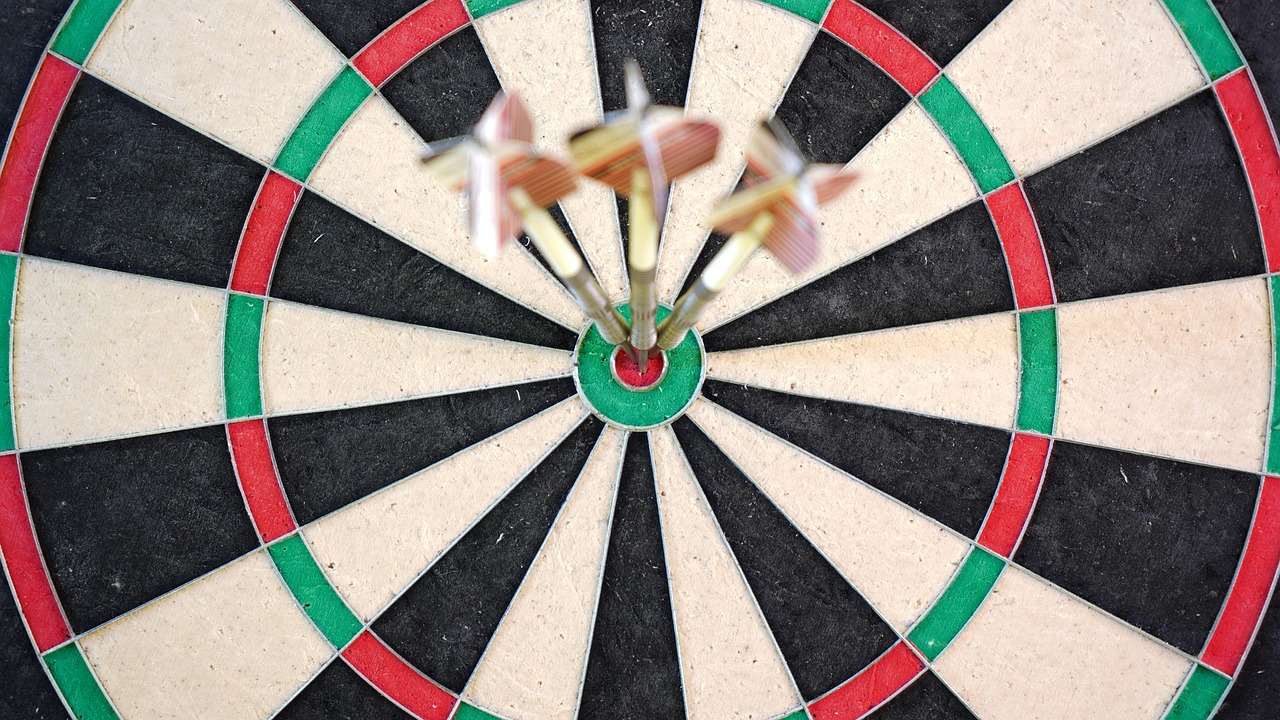
Types of Dart Shaft Materials
Dart shafts come in a variety of materials, each offering unique characteristics that affect durability, weight, and grip.
- Nylon/Plastic Shafts: These are the most common type of dart shaft, known for their affordability and durability. They’re a great starting point for beginners. However, they can be prone to bending or breaking upon impact, especially during frequent practice sessions.
- Aluminum Shafts: Aluminum shafts are stronger and more durable than nylon shafts. They offer a slightly heavier feel, which some players prefer. They can, however, be susceptible to bending, especially at the point where they connect to the barrel.
- Carbon Fiber Shafts: Carbon fiber shafts are the premium option, offering exceptional strength, lightweight design, and resistance to bending and breaking. They’re a popular choice for serious dart players who demand the best performance. They are generally more expensive.
- Rotating Shafts: Designed to reduce deflections, these shafts allow the flight to rotate upon impact, potentially preventing the dart from bouncing out. This technology can enhance scoring consistency.
The material you choose will influence the overall feel and durability of your shaft for practice darts. Consider your budget, playing style, and the frequency with which you practice when making your decision.
Pros and Cons of Different Shaft Materials
- Nylon/Plastic: Pros – Affordable, readily available. Cons – Less durable, prone to bending.
- Aluminum: Pros – More durable than nylon, consistent weight. Cons – Can bend under stress.
- Carbon Fiber: Pros – Extremely durable, lightweight, minimal deflection. Cons – More expensive.
Dart Shaft Length: Finding Your Perfect Fit
The length of your shaft for practice darts significantly influences the dart’s flight path and stability. Shorter shafts generally make the dart fly straighter, while longer shafts can cause the dart to arc more. Experimentation is key to finding the length that suits your throwing style.
- Short Shafts: Offer greater control and a straighter flight path. Ideal for players with a shorter, more compact throwing motion.
- Medium Shafts: Provide a balanced combination of control and stability. A good starting point for most players.
- Long Shafts: Offer increased stability and can help correct wobbling issues. Suitable for players with a longer, more flowing throwing motion.
Consider your grip and throwing style when selecting the appropriate shaft length. If you tend to grip the dart closer to the front, a shorter shaft might be more comfortable. If you grip the dart further back, a longer shaft could provide better balance. Ultimately, the ideal dart shaft length is determined through personal preference and rigorous testing.
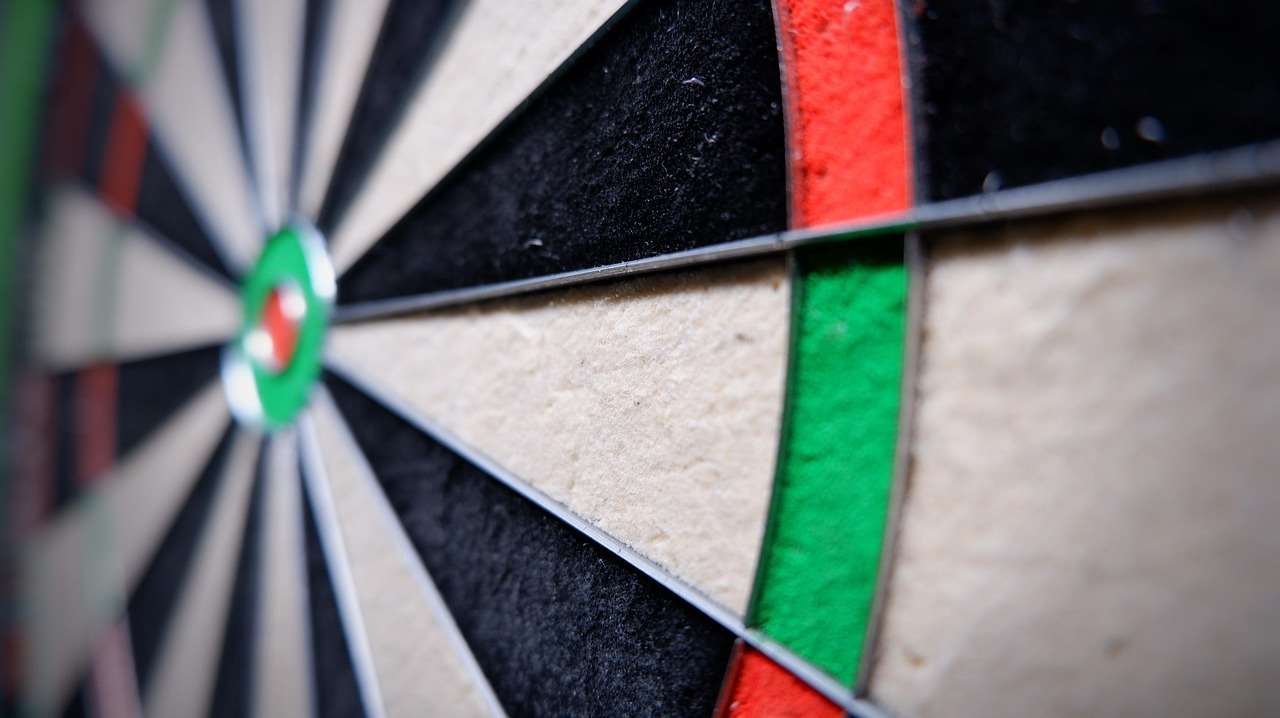
Grip Style and Shaft Selection
Your grip style significantly impacts the type of shaft for practice darts that will work best for you. A firm grip might benefit from a shorter shaft for enhanced control, while a looser grip might require a longer shaft for added stability.
Experiment with different shaft lengths and materials to see how they interact with your grip. Pay attention to how the dart feels in your hand and how it flies through the air. Note any tendencies for the dart to wobble, dive, or fly off course. Adjust your shaft selection accordingly.
Consider also the weight distribution of your dart. If your dart is front-weighted, a shorter shaft might be preferable. If it’s evenly weighted, a medium shaft could provide the optimal balance. The goal is to achieve a harmonious balance between the barrel, shaft, and flights.
Thread Types and Compatibility
Dart shafts typically come with either a 2BA (small) or 1/4″ (large) thread. 2BA is the most common thread size for steel tip darts, while 1/4″ is more common for soft tip darts. Make sure the shaft you choose is compatible with the thread on your dart barrel. Using incompatible threads can damage both the shaft and the barrel. This is essential when selecting the right shaft for practice darts.
Most dart retailers offer a wide selection of shafts with both 2BA and 1/4″ threads. If you’re unsure which thread type you need, consult the manufacturer’s specifications for your dart barrel. It’s always a good idea to double-check compatibility before making a purchase.
Replacing Your Dart Shafts: When and How
Dart shafts are consumable items that will eventually need to be replaced due to wear and tear. Cracks, bends, or broken threads are all signs that it’s time for a new set of shafts. Regular replacement ensures optimal dart performance and prevents potential damage to your dart barrel. Aim to inspect the How To Light Your Dartboard setup during maintenance.
Replacing a dart shaft is a simple process:
- Unscrew the old shaft from the dart barrel.
- Ensure the thread on the new shaft is clean and free of debris.
- Screw the new shaft into the dart barrel until snug. Avoid overtightening, as this can damage the threads.
It’s a good idea to keep a few spare sets of shafts on hand so you’re always prepared for a replacement. Experimenting with different shaft types is also easier when you have a variety to choose from.
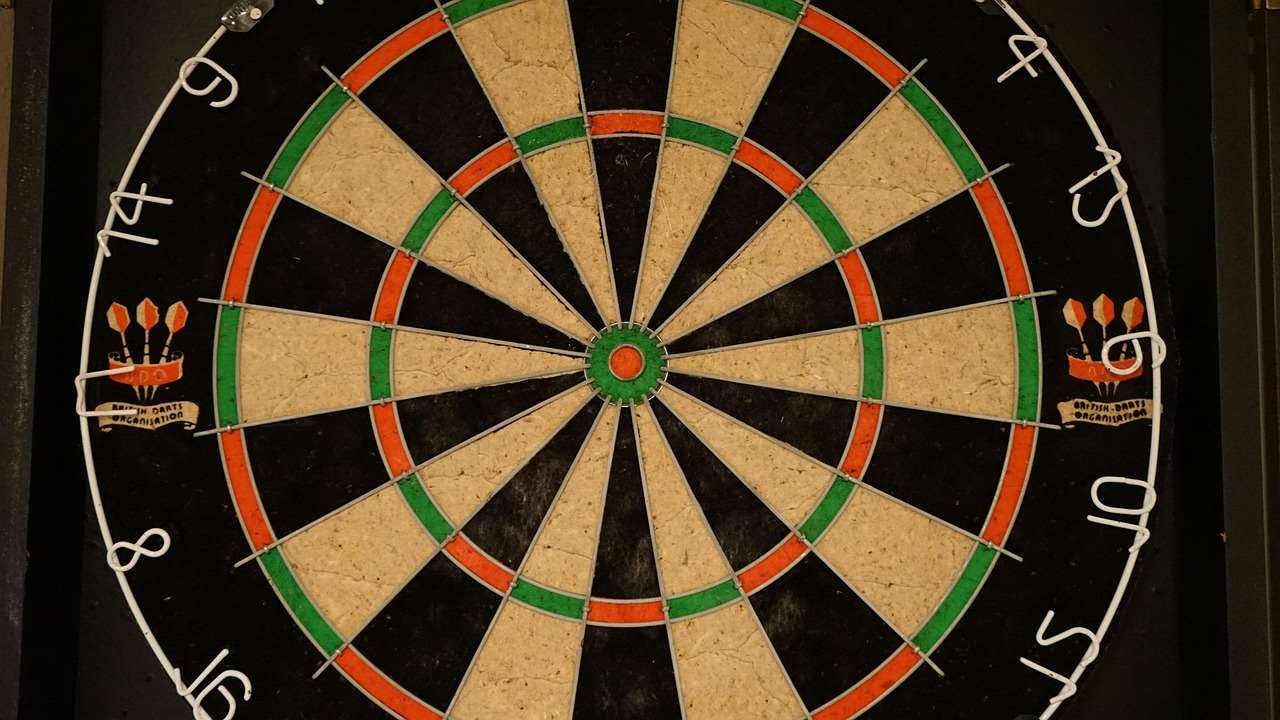
Preventing Common Dart Shaft Problems
Several factors can contribute to dart shaft problems, including frequent impacts, improper tightening, and using incompatible thread types. Taking preventative measures can help extend the lifespan of your shafts and minimize the need for replacements.
- Use O-rings: Placing small O-rings between the shaft and the barrel can help prevent loosening and reduce vibrations.
- Avoid overtightening: Overtightening can strip the threads on both the shaft and the barrel.
- Check for compatibility: Ensure the shaft thread matches the barrel thread before attaching.
- Rotate shafts: Rotating your shafts periodically can help distribute wear evenly.
By following these tips, you can help prolong the life of your shaft for practice darts and maintain consistent dart performance.
The Impact of Flights on Shaft Choice
Your choice of dart flights is closely linked to your shaft selection. Larger flights provide more stability and drag, while smaller flights offer less drag and a faster flight path. The combination of shaft length and flight size can significantly impact the dart’s overall trajectory. Consider pairing with some of the Best Dartboard Lighting Systems to enhance your playing environment.
Generally, larger flights are better suited for longer shafts, as they provide the necessary stability to counteract the increased length. Smaller flights tend to work well with shorter shafts, allowing for a faster, more direct flight path. Experiment with different flight sizes and shaft lengths to find the combination that best suits your throwing style.
The material of your flights also plays a role. Thicker flights are more durable and offer greater stability, while thinner flights are more prone to damage but can provide a slightly faster flight. Consider your playing environment and the frequency with which you practice when choosing your flights.
Advanced Considerations: Weight and Balance
Experienced dart players often fine-tune their dart setup by adjusting the weight and balance. This can involve using heavier or lighter shafts, adding weight to the barrel, or using flights of varying thicknesses. The goal is to achieve a perfectly balanced dart that feels comfortable and performs consistently.
Experiment with different weight combinations to see how they affect your throw. Pay attention to how the dart feels in your hand and how it flies through the air. Make small adjustments and track your results to identify the optimal weight distribution for your style.
Weight distribution relates to Optimal Dartboard Lighting Solutions Guide, which enhances your vision during gameplay. Some players prefer a front-weighted dart for increased stability, while others prefer an evenly weighted dart for greater control. The best weight distribution is ultimately a matter of personal preference.
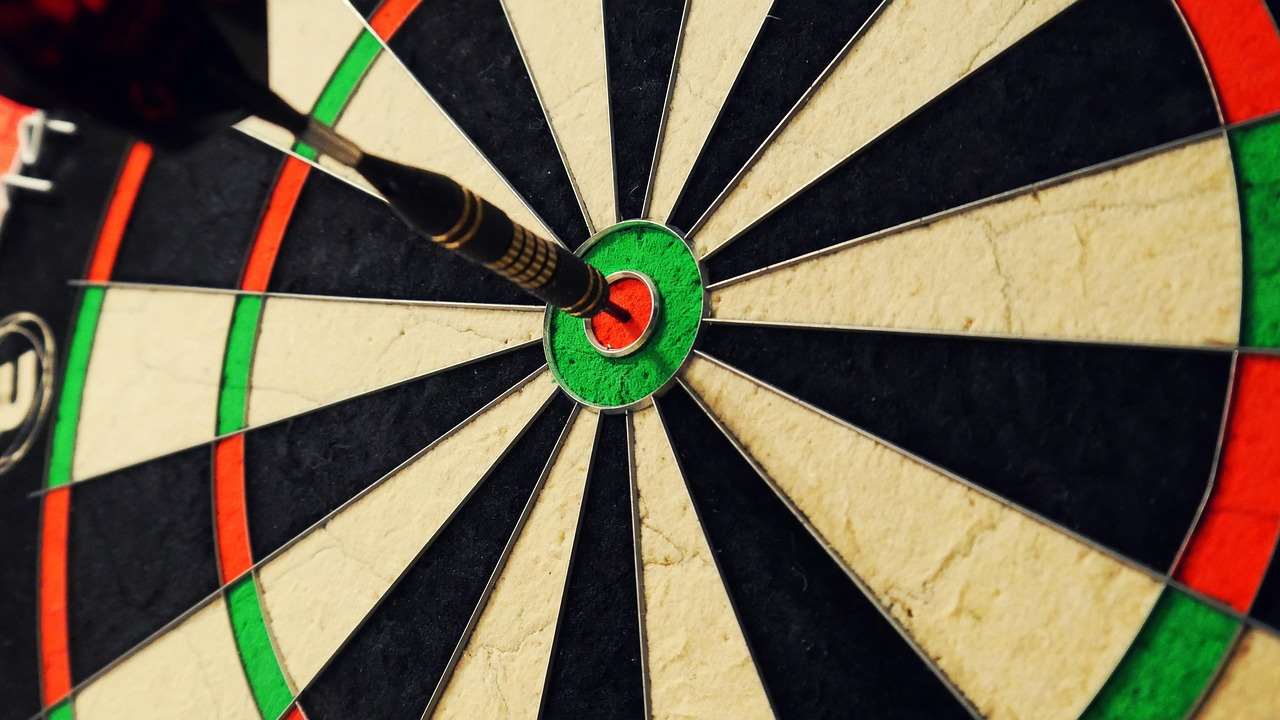
Finding the Best Shaft For Practice Darts: Experimentation is Key
Ultimately, the best way to find the perfect shaft for practice darts is through experimentation. Try out different lengths, materials, and grip styles until you find a combination that feels comfortable and produces consistent results. Don’t be afraid to deviate from the norm and try something unconventional. Learning Ring Light Dartboard Pros Cons is an ongoing process, so expect this when looking for the right shaft.
Keep a record of your results and track your progress over time. Note any patterns or tendencies that emerge. By systematically testing different shaft options, you can identify the optimal setup for your individual throwing style.
Where to Buy Quality Dart Shafts
Quality dart shafts can be purchased from a variety of sources, including online retailers, sporting goods stores, and specialty dart shops. Look for reputable brands that offer a wide selection of shaft types and materials. Be sure to read reviews and compare prices before making a purchase.
When buying online, pay close attention to the product descriptions and specifications. Ensure that the shaft you choose is compatible with your dart barrel and that it meets your specific needs. If possible, visit a local dart shop and try out different shafts in person before making a final decision.
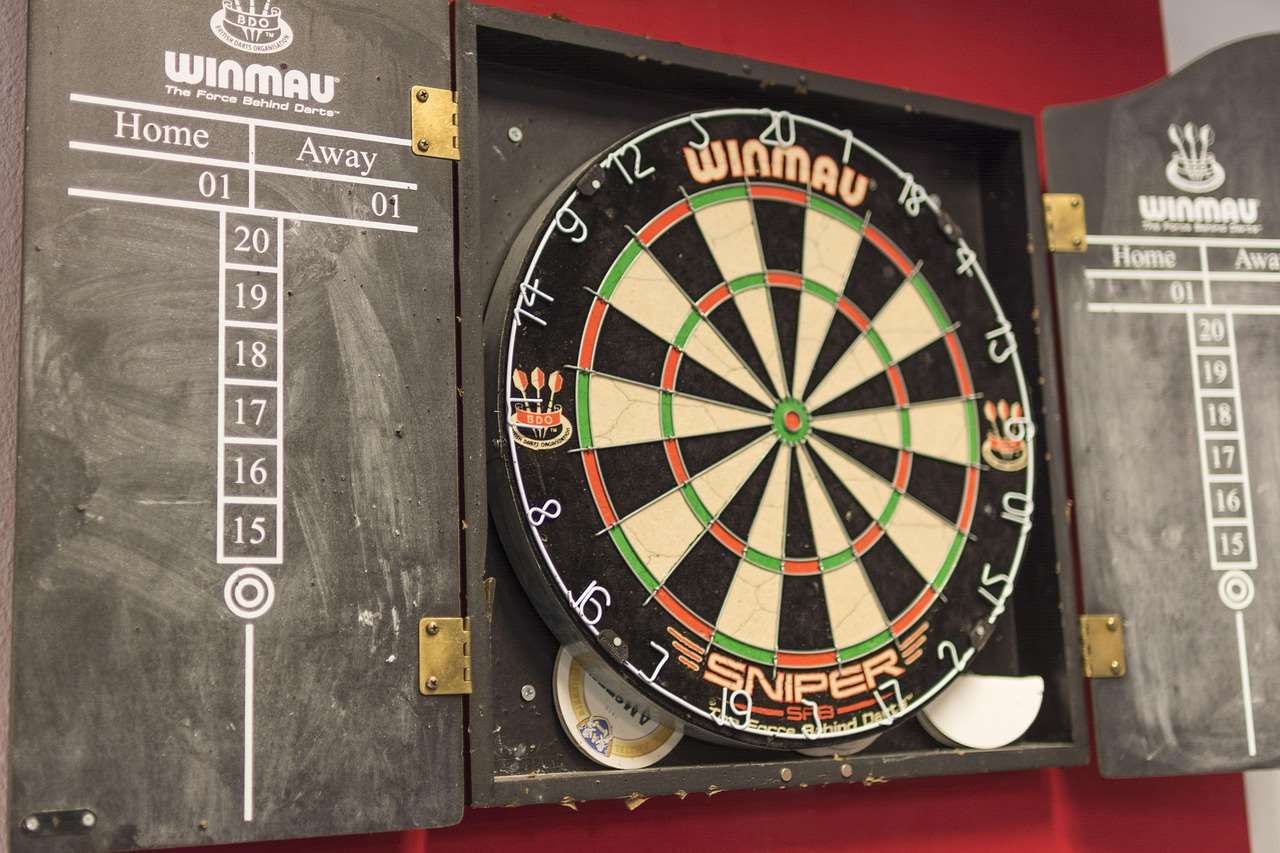
Conclusion
Selecting the right shaft for practice darts is a critical step in improving your dart game. By understanding the different types of shafts available, their impact on dart flight, and how to choose the perfect fit for your style, you can elevate your accuracy and consistency. Remember to experiment, track your results, and don’t be afraid to try something new. Now, armed with this knowledge, go out there and find the perfect shaft to take your dart game to the next level!
Hi, I’m Dieter, and I created Dartcounter (Dartcounterapp.com). My motivation wasn’t being a darts expert – quite the opposite! When I first started playing, I loved the game but found keeping accurate scores and tracking stats difficult and distracting.
I figured I couldn’t be the only one struggling with this. So, I decided to build a solution: an easy-to-use application that everyone, no matter their experience level, could use to manage scoring effortlessly.
My goal for Dartcounter was simple: let the app handle the numbers – the scoring, the averages, the stats, even checkout suggestions – so players could focus purely on their throw and enjoying the game. It began as a way to solve my own beginner’s problem, and I’m thrilled it has grown into a helpful tool for the wider darts community.